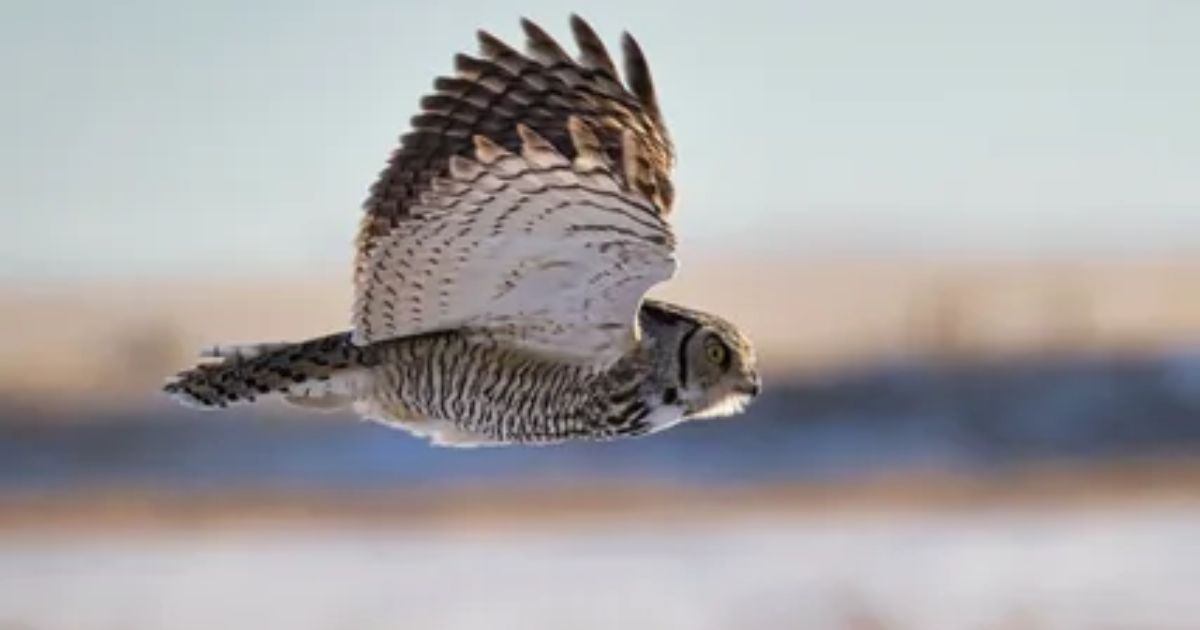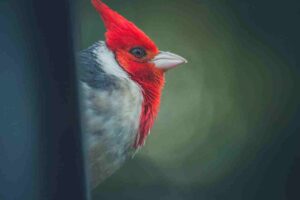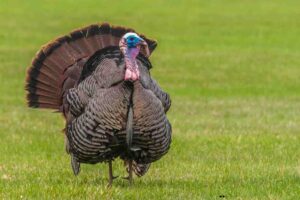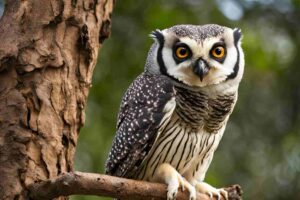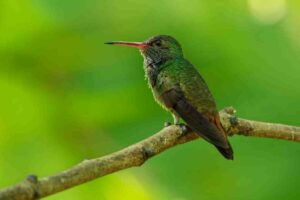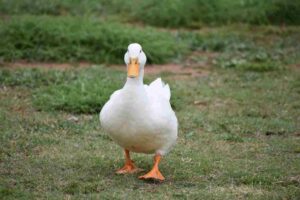If you’re an avid birdwatcher or just someone who enjoys the beauty of nature, you might find yourself drawn to the hauntingly beautiful sounds of the great horned owl. This majestic bird, known for its tufted ears and striking presence, produces a wide range of vocalizations that can captivate anyone who hears them. So, What Does a Great Horned Owl Sound Like? Their distinctive hoots often resonate through the night, featuring deep, booming calls that can echo for miles. In this article, we will explore the unique sounds made by the great horned owl, as well as highlight other birds that exhibit similar calls, particularly in the early morning hours.
Distinctive Calls of the Great Horned Owl
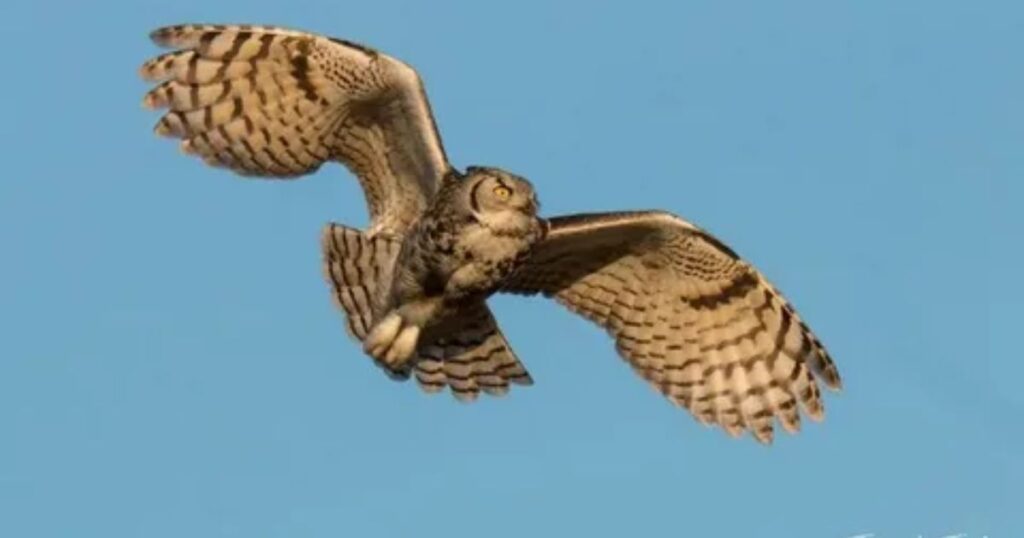
The great horned owl (Bubo virginianus) is often recognized for its powerful hoots that echo through the night. Adult great horned owls typically give a series of deep, resonant hoots that can be heard from a distance of over a mile. Their calls usually follow a pattern: two hoots followed by a pause, then another hoot or two, sometimes described as “hoo-hoo-hoo.” This rhythmic sequence not only serves as a means of communication between mating pairs but also warns other owls to stay away from their territory.
The vocalizations of the great horned owl are essential for their breeding behaviors and territorial disputes. During the breeding season, which typically occurs between December and February, male owls may increase the frequency of their calls to attract females and establish dominance over their breeding grounds. The sound quality is deep, resonant, and somewhat eerie, creating a mystical atmosphere on quiet, moonlit nights. For more information about these fascinating birds, you can visit this page: Great Horned Owl .
Variations in Vocalization
Interestingly, the great horned owl is not limited to a single sound. In addition to their iconic hoots, these owls can produce a variety of other sounds, including grunts, barks, and screams. Each sound serves a different purpose:
- Hoots: Used primarily for communication between individuals, especially mating pairs.
- Barks: A short, abrupt sound that can serve as a warning to potential threats.
- Screams: A high-pitched vocalization that may indicate distress or be used in territorial disputes.
Understanding these vocalizations can enhance your birdwatching experience. Learning to differentiate between the various calls may allow you to better appreciate the behavior and interactions of these magnificent birds.
Bird That Sounds Like an Owl in the Morning
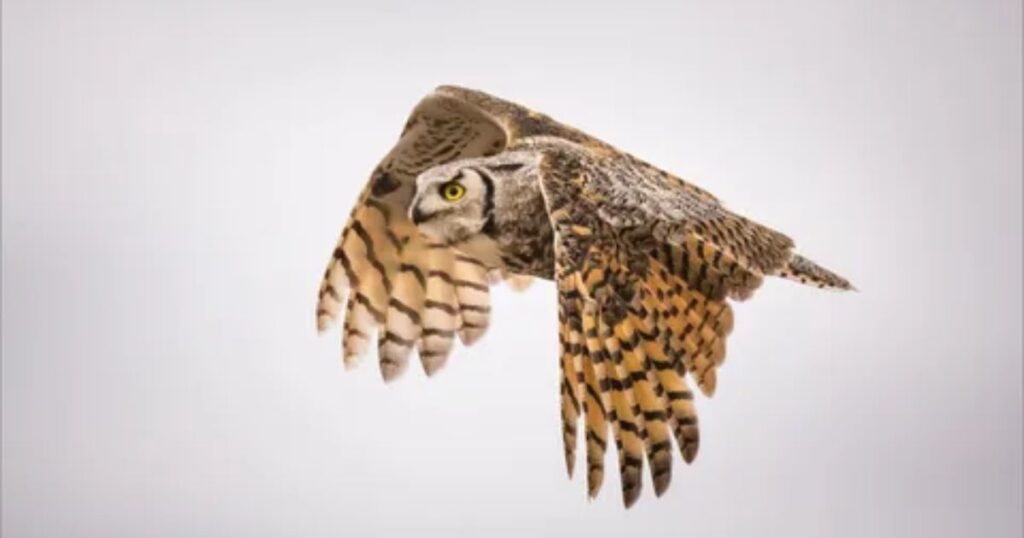
While the great horned owl’s sounds are not typically associated with the morning, there are indeed other birds that emit owl-like calls during the early hours. One such example is the Eastern Whip-poor-will, which is well known for its distinctive song that can resemble the hoots of an owl. This bird, part of the nightjar family, is most active at dusk and dawn, making its calls particularly prominent during the early morning. For more information on the spiritual meaning of the great horned owl, check out this link: Great Horned Owl Spiritual Meaning.
The Whip-poor-will’s Call: A Morning Mystery
The Eastern Whip-poor-will (Antrostomus vociferus) produces a repetitive call that rhymes with its name: “whip-poor-will.” This continuous and haunting sound is often mistaken for that of an owl due to its soft, almost mournful quality. The calls of whip-poor-wills typically fill the air just as dawn breaks, contributing to the serene ambiance of the early morning.
Many people enjoy birdwatching in the early hours, and being able to identify the sounds made by various species can enhance the adventure. If you’re listening closely, you might confuse the whip-poor-will’s call with that of the great horned owl, especially before the sun rises.
Listening for the Great Horned Owl: Tips and Techniques
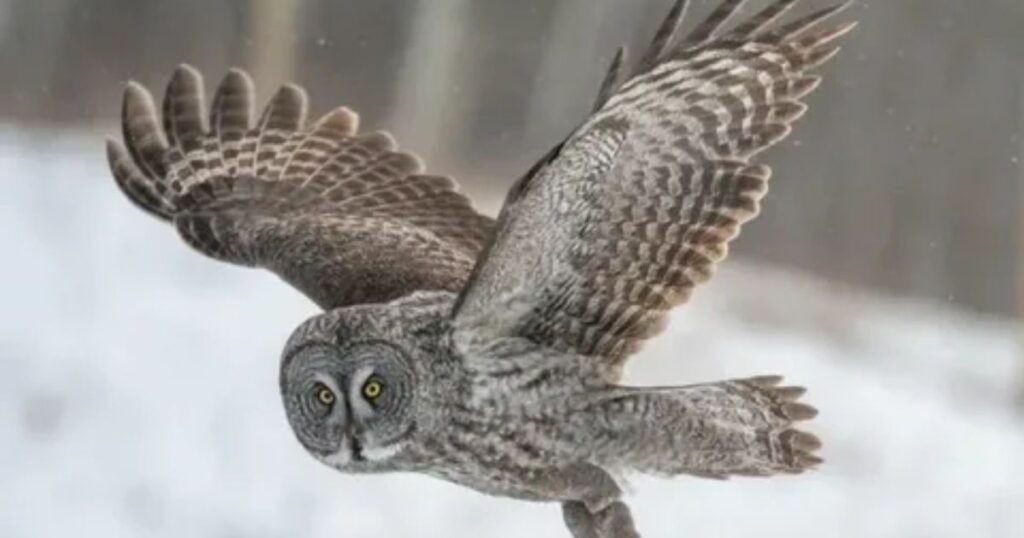
If you want to experience the majestic sounds of the great horned owl firsthand, there are several tips and techniques that can enhance your chances of hearing one in the wild.
- Know Their Habitat: Great horned owls inhabit a variety of ecosystems, including forests, grasslands, and urban areas. They often roost in tall trees, making these areas prime locations for listening.
- The Right Time: These owls are primarily nocturnal and are most vocal during dawn and dusk. The best time to listen for them is in the early evening or during the night.
- Stay Quiet: To hear an owl’s calls, it is crucial to remain silent. Avoid sudden movements and loud noises; this increases the chances of detecting their distinct sounds.
- Use Technology: Apps designed for bird calls can help you identify calls you hear. Some apps even provide recordings of bird sounds, including the great horned owl, which can help you learn what to listen for.
- Join Birdwatching Groups: Participate in local birdwatching events or join community groups. Experienced birdwatchers can offer valuable tips and often organize outings during prime times for hearing these vocalizations.
Conclusion: What Does a Great Horned Owl Sound Like
The great horned owl is a remarkable avian species known for its captivating vocalizations and striking appearance. Whether you are drawn to their deep, resonant hoots or the varied sounds they produce for communication and territory defense, there’s no denying the allure of these incredible birds. Additionally, the early morning offers a unique experience as other birds like the Eastern Whip-poor-will join the symphony of nature with calls that can easily be mistaken for those of an owl.
By understanding what makes the great horned owl and similar birds so unique in sound, you can deepen your appreciation for the diverse world of avian life. Whether you’re birdwatching in your backyard or exploring a forest, listening for these beautiful sounds can transform your connection to nature.
FAQs
What does a great horned owl sound like?
A great horned owl typically produces a series of deep, resonant hoots that can be heard from long distances. Their calls usually consist of two hoots followed by a pause.
Is there a bird that sounds like an owl?
Yes! The Eastern Whip-poor-will produces a repetitive call that can resemble the hoots of an owl, particularly during early morning hours.
When is the best time to hear great horned owls?
The best time to listen for great horned owls is during dawn and dusk when they are most vocal, especially during their breeding season.
How can I attract great horned owls to my area?
To attract great horned owls, provide a suitable habitat in your area, such as tall trees for roosting, and reduce noise pollution which allows them to feel more comfortable vocalizing.
Can I learn to recognize owl calls?
Yes! Listening to recordings of various owl species and practicing in the field can enhance your ability to identify different owl calls, including that of the great horned owl.
